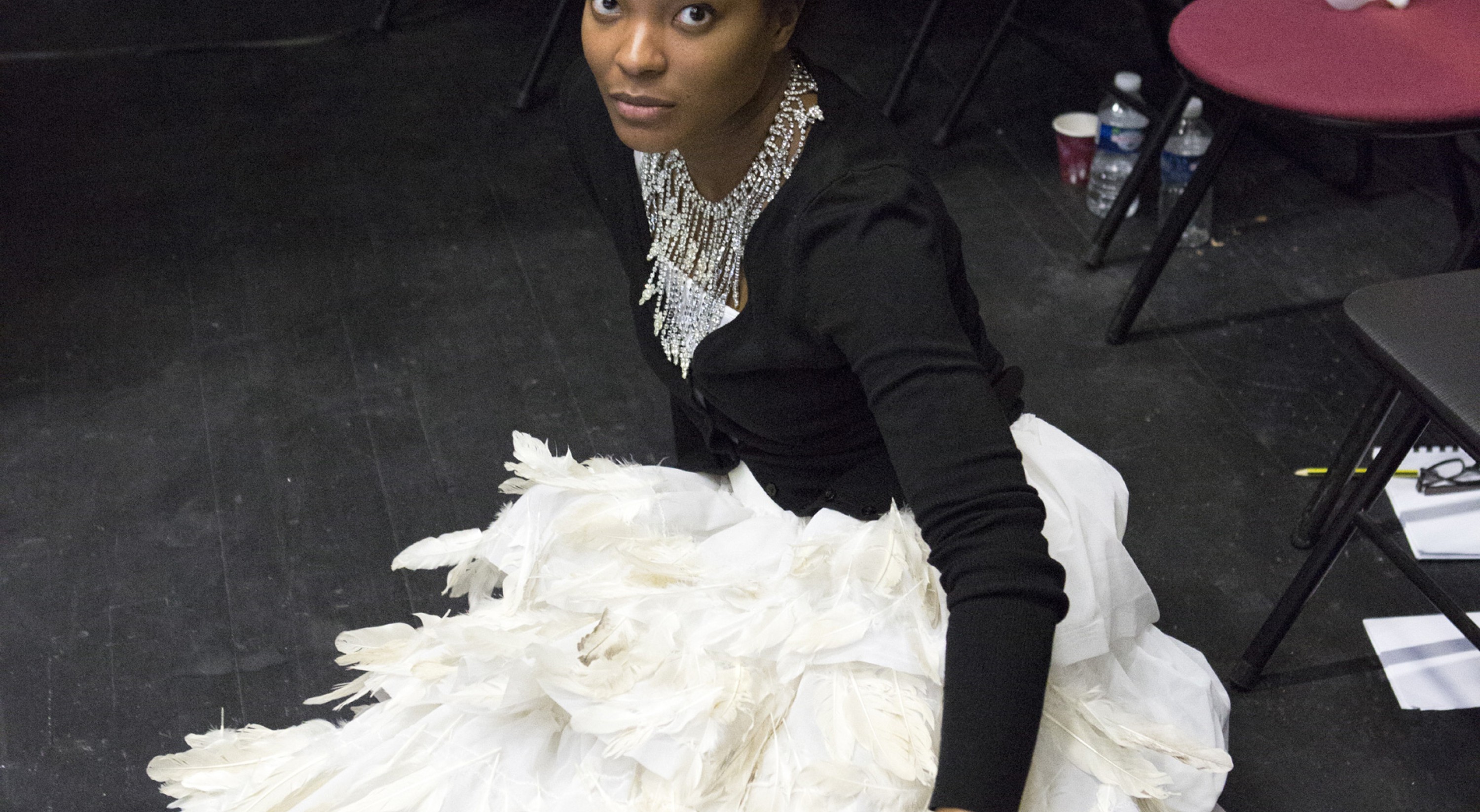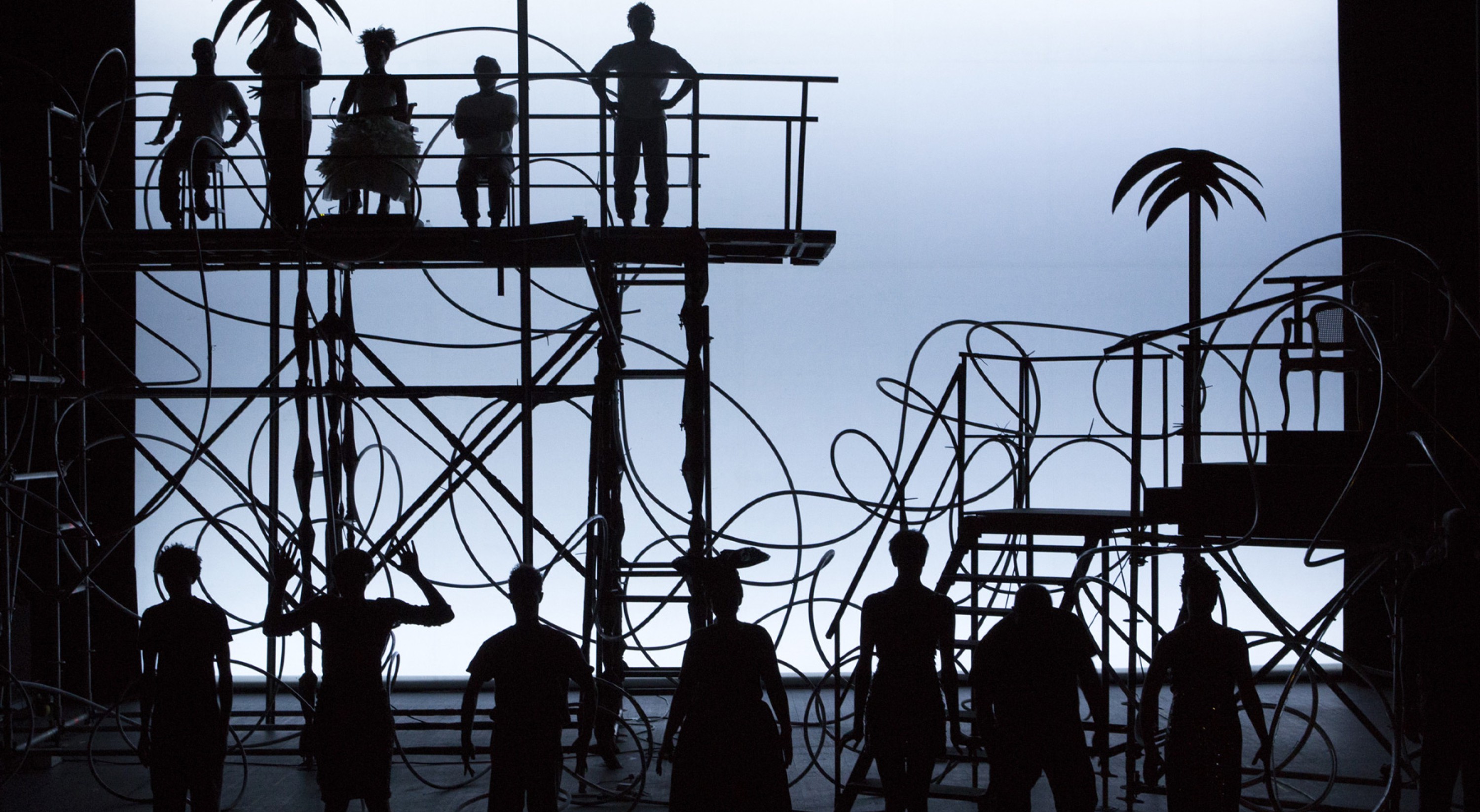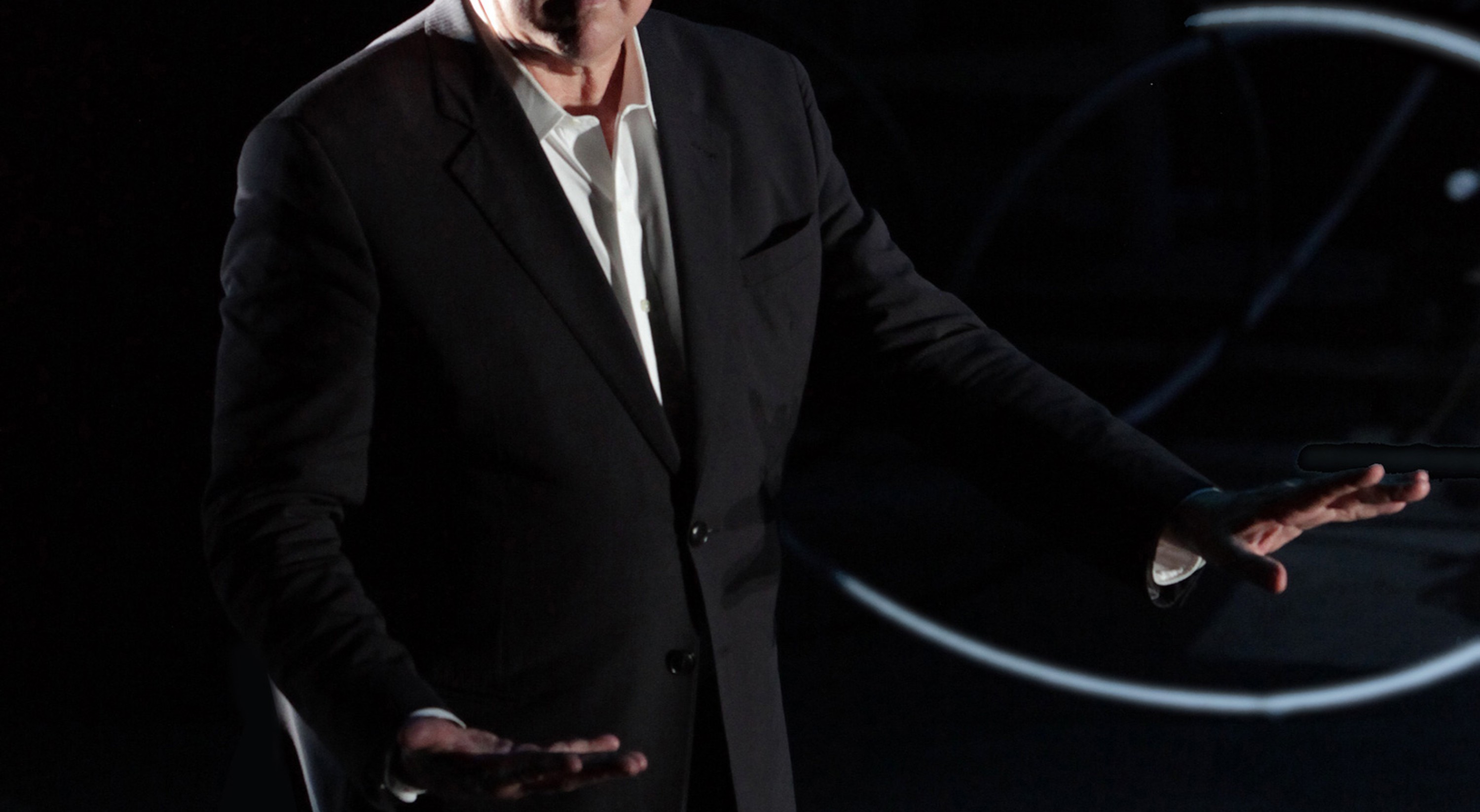Robert Wilson
Les Nègres
by Jean Genet
octoberoct 3 - november – nov 3
Directed, stage design and lighting by Robert Wilson
Dramaturgy, Ellen Hammer
Artistic collaboration, Charles Chemin
Stage design collaboration, Stephanie Engeln
Costume design, Moidele Bickel
Lighting design collaboration, Xavier Baron
Original music, Dickie Landry
With Armelle Abibou, Astrid Bayiha, Daphné Biiga Nwanak, Bass Dhem, Lamine Diarra, Nicole Dogué, William Edimo, Jean-Christophe Folly, Kayije Kagame, Gaël Kamilindi, Babacar M’Baye Fall, Logan Corea Richardson, Xavier Thiam, and Charles Wattara
A production by Odéon-Théâtre de l’Europe // A coproduction with Théâtre National Populaire – Villeurbanne ; deSingel campus des arts international – Anvers ; Festival Automne en Normandie ; Comédie de Clermont-Ferrand ; Festival d’Automne à Paris // In collaboration with Odéon-Théâtre de l’Europe ; Festival d’Automne à Paris
In partnership with France Inter
“In my view, all theatre is, first and foremost, dance”, confided Robert Wilson at the start of rehearsals for Jean Genet’s “Les Nègres” at the Ateliers Berthier in March. The piece made its mark on him while still a student in New York, but he had not set about staging it until now. Dance. Meaning movement, within the space. When it comes to Robert Wilson, this is where it all begins: prior to rehearsals, and before sounding out the text, his task to is invent and bring to life the playing space. He always begin by elaborating on this architecture in which the actors are going to evolve, an architecture in which lighting - in all its texture, colours and movements - is a primordial element. The initial spark can spring up from anywhere: for Les Nègres, the source of inspiration came from the image of a dogon house, with its curves and near-abstract volumes. Then came the music - in this instance by saxophonist Dickie Landry, whose input Robert Wilson had already sought in 2010, with Ornette Colman, in accompaniment to 1433 - The Grand Voyage. Only once this framework has been mapped is it possible to make the text reverberate with the space - and give it resonance amongst the audience. Les Nègres, this rich and treacherous piece of “clowning around” was written in 1948, by a Genet who was almost into his forties, and whose anger and political convictions were reaching their peak (twelve years prior to enrolling in the Black Panthers movement in the USA). This theatre-within-theatre piece continuously evolves along the fine line between the ritual and the virtual, artifice and real. But then again, is not all Robert Wilson’s theatre a balancing-act?



